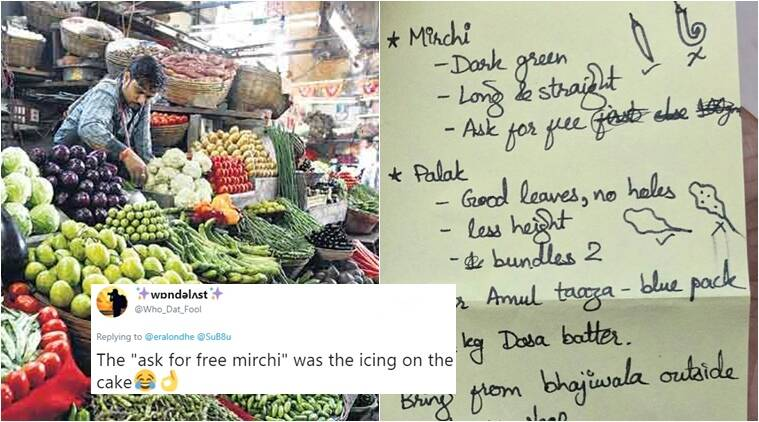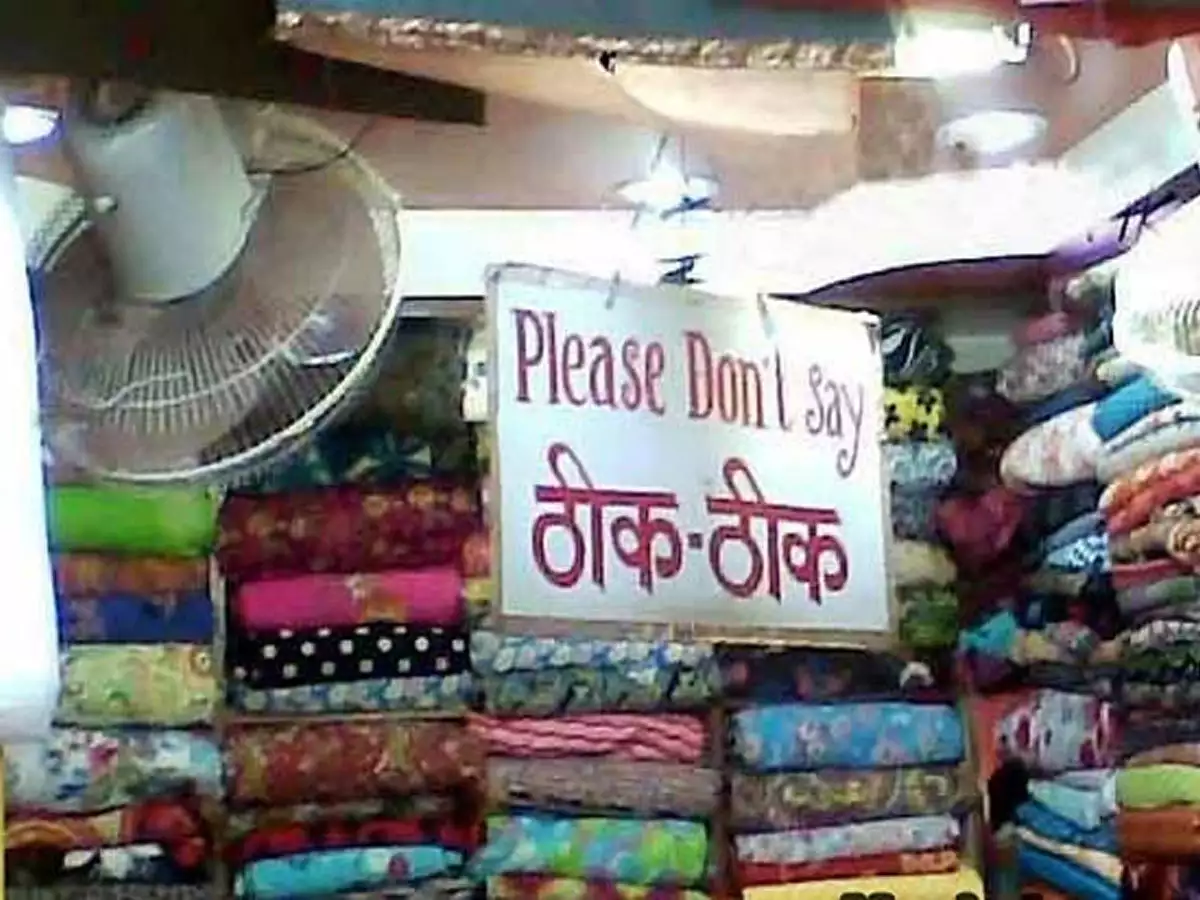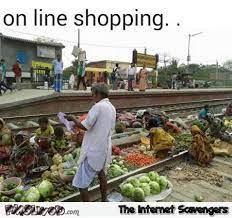Consumer behaviour in India...
Why is Indian Market Significant?

A huge population is on its way to higher spending power. By 2030 India is predicted to overtake the US in online shoppers and will be boasting of 80% of its population to be in the middle class as against the 50% in 2020. But remember the 80% of the population that would be in 2030 and not of 2020. So we are talking about an excessively huge market.
Aspirational Indians are forever looking to improve their present living standards. Almost 90% of the population of a 1.39 billion large country is thinking, talking and working towards how to earn more, live better, secure the future of his children or family. The result is that the disposal income of the population at large is increasing at a healthy pace beating all odds.
Difficult Market penetration is a trademark of the Indian market. This huge and vibrant economy spread of 3.28 million km square is not homogeneous and is segmented in a variety of ways. So segmentation and target specific marketing plan is the only way out.
Nine salient features of Indian consumers.

Indian buyers aspire to be smart buyers. It is a sense of pride to get value for money as India is by default a thrifty nation. The infamous big fat Indian wedding too, though lavishly celebrated, value for money is an important factor in deciding the vendors. The emergence of event planners is a result of not just a hassle-free wedding but outsourcing the “haggling” and “making sure of value for money.” Even an impulsive Indian buyer looks at being a smart buyer by making sure that the product or service bought has Quality, Functionality, Brand and Customer Experience. Deal hunting is done on a day-to-day basis even for groceries and vegetables.
Family and immediate friends play a major role as they are not just influencers but the support system in case there is a failure. In a developing country like India, any individual or couple depend on their immediate circle for all kinds of support due to almost non-existent government infrastructure. The price to pay for such a support system is their opinionated participation in day-to-day life. Be it the decision to buy groceries or expensive home appliances, most of the decisions are taken either in tandem or after having received inputs from them. In such a ecosystem it is considered a social norm to inform the near and dear ones both not only about the purchases but also the feedback. The word of mouth, therefore, is the most important sale tool. Zepto, a mere ten-month-old E com grocery provider has tapped this very resource to its advantage. Within ten months this Y Combinator-backed company has grown into a 570 million US dollar company in just ten-month by gifting referral coupons to the customers. Without any major advertising, they today boast of more than 10000 regular customer base spread over ten states in India.

Online shopping turned out to be a major game-changer in the post covid market. People discovered that learning to use online apps turned out easier than facing everyday traffic. Also, the return/ refund policy helped the consumers tremendously as this was a hassle-free return almost new amongst the large population of India who could never access consumer rights
Access to credit is easy today with two major developments. One is the linking of data like Aadhar, Pan, house address and even banking details. This provided an easily verifiable identity of a seemingly unregulated population. Also, online identity accelerated and vendors like Lazypay, Capital float etc give easy credit without much ado. Now suddenly credit cards are not the only source of credit. High income and high-value collateral are not the only criteria for credibility. With a centralized system like Cibil and Experion and Crif, checking credibility has become even easier.
The empowered female population play a major role in decision making. With the working ladies on a rise, a clear population of financially independent women have emerged. Unlike two decades ago when the ladies were mere influencers, today many of the purchase decisions are taken by the ladies. Advertisements have moved from Prestige “those who love their wife, would not say no to Prestige” to the present “those who like comfort cannot say no to Prestige” aimed directly at the consumer mostly women!
Post covid thrift has played a major role in a change in consumer behaviour in India. They prefer the “pay as you use” model in most services eg rentals are preferred be it netflix, or cloud services or even plug and play offices! The uncertainty has seeped in so deep that people started spending less on very big assets, prioritising financial stability. Spending on health and fitness increased. Swachh Bharat along with covid increased the hygiene level.
Aspirational India today is looking at purchasing as an experience rather than product buying. Jio Mart tried to deliver groceries either from their own stores or buy from the Kirana stores nearby and tried to give it to the customers however it did not take off well as the customer received delayed products, wrong products and many times missing products. The reason being Jio mart partnered with a local Kirana store whose bandwidth was limited, to begin with. Also with the outsourced products, quality control could not be maintained. Zepto however provided a better experience through dark stores( ie stores which are only used to store goods and not open to public) and the “hub and wheel” spoke model of delivery. Globalization has ensured that consumers even from tier 2 cities expect a high level of customer service at all touchpoints.
Individuality seeking Indians are showered by options. With such a dense population, the consumers are drawn towards exclusivity or customization and are ready to pay for it. They are brand conscious and with movements like “Atma Nirbar” are more than willing to adopt Indian brands. While Social media helps the business units to segment and target specific audiences, the consumers too have come to expect tailormade offers for themselves. With features like “market place” “bazaar” platforms like Facebook, Amazon, Shopify etc has given wings to not only business units but raised consumer expectations as they are spoilt for choices.
Researched and informed decision making is the new trend. Armed with online access and validated information, the consumers are time and again reminded to do research or seek validation for every implied information in the advertisement or other marketing info. With the internet barging information, validating them has become almost the second nature to all the Ecom users. With most of the content available in vernacular, the reach of the information crosses the barrier of education and class! Jio phones are the classic example of how a good value added product backed with resources to penetrate the market can cause a disruption in Indian market!
Pictures Courtsey : www.pmsiweb.com, navbharat times,
